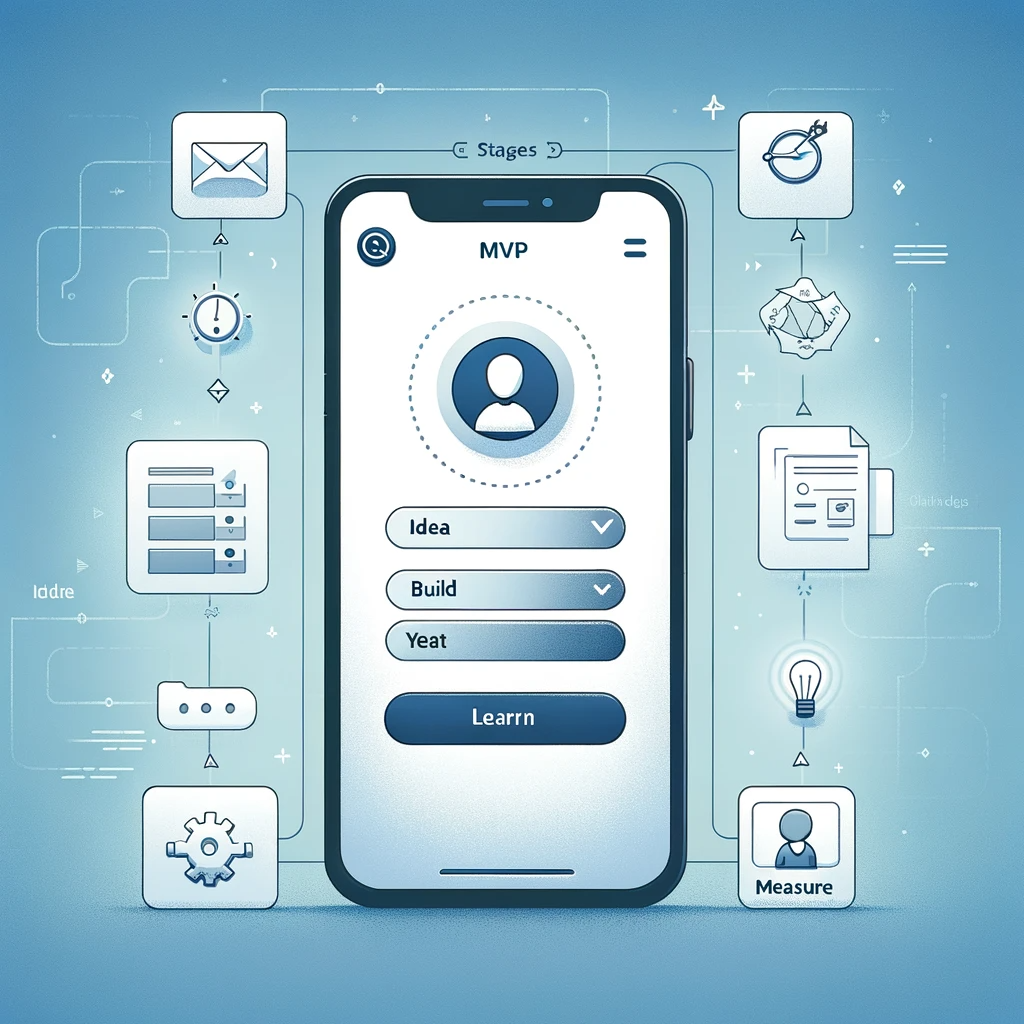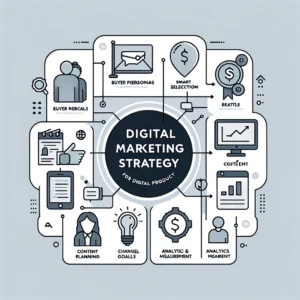The concept of an “MVP viable product” stands as a cornerstone strategy for startups and established companies alike. MVP, standing for Minimum Viable Product, represents a methodology that emphasizes the importance of learning and adapting quickly in the product development cycle. This concept, rooted in the Lean Startup approach pioneered by Eric Ries, revolves around creating a product with just enough features to satisfy early adopters and gather valuable insights. This introduction to MVPs will explore why they are crucial in today’s market, how they can shape the success of new products, and their role in a lean and efficient development process.

Defining the MVP
The concept of an “MVP viable product” is fundamental in understanding modern product development strategies. An MVP is essentially the most basic version of a new product that allows teams to collect maximum validated learning about customers with minimal effort. This approach is not about hastily pushing an unfinished product to the market; rather, it’s about strategically determining the core functionalities that meet customer needs while remaining minimally complex. The MVP approach stems from the Lean Startup methodology, where the focus is on learning and adapting rapidly based on real customer feedback, rather than investing heavily in a fully developed product without knowing its market fit. This methodology was popularized by Eric Ries, who emphasized the significance of understanding customer behavior and preferences early in the product development process.
Benefits of Using an MVP
Adopting the “MVP viable product” strategy in product development offers numerous benefits. Firstly, it is a cost-effective approach. By focusing on developing just the essential features, companies can significantly reduce development costs and resources. This lean approach allows for the allocation of funds and efforts more judiciously, based on customer feedback and market demand.
Another critical benefit is the faster feedback loop it creates. Launching an MVP means you can quickly gauge customer interest and gather valuable insights without fully developing the product. This rapid feedback loop enables teams to make informed decisions and pivot if necessary, saving time and resources that might otherwise be spent on a product that fails to resonate with the market. It also mitigates the risk associated with developing new products by validating the market demand early in the process.
Common Misconceptions about MVPs
While the concept of an “MVP viable product” is widely recognized, there are common misconceptions that often lead to its misapplication in the product development process. One such misconception is equating an MVP with the smallest possible set of features, overlooking the essential aspect of viability. An MVP must be sufficiently developed to provide a realistic assessment of customer interest and usability.
Another misconception is confusing an MVP with a Minimum Marketable Feature (MMF) or Minimum Marketable Product (MMP). While both are minimal in nature, an MVP focuses on learning and validating hypotheses about customer needs, whereas an MMF or MMP is oriented towards earning and market readiness.
Teams often make the mistake of overemphasizing the ‘minimum’ aspect at the expense of ‘viability’, leading to products that are too underdeveloped to yield useful feedback. Additionally, some teams fail to iterate on their MVP based on feedback, missing out on the crucial learning and adapting component that defines the MVP approach.
MVP in Action – Real World Applications

The “MVP viable product” methodology has been effectively utilized across various industries and sectors. In the realm of software and app development, MVPs are particularly prevalent. For example, a new social media app might initially launch with basic features like posting and commenting, and then gradually introduce additional features like direct messaging or stories based on user feedback. This approach ensures that the product evolves in line with user preferences and market demand.
Moreover, the MVP concept extends beyond just tangible products. It is a versatile strategy used in services, experiences, and even business models. A company might pilot a new subscription service in a specific region, refining its offering based on customer feedback before a wider rollout. This iterative, feedback-driven approach is fundamental to the MVP philosophy, allowing businesses to adapt and evolve continuously.
Key Strategies for Building an MVP
When developing an “MVP viable product,” several strategies can be employed to maximize its effectiveness. One such strategy is the single-feature MVP approach, where the focus is on one core feature that delivers the most value to the user. This strategy enables faster development and testing, conserving resources while still providing insightful feedback.
Another strategy is the Concierge MVP, which involves manually delivering a service to gauge interest. This approach allows direct interaction with customers and provides a clear understanding of their needs and preferences.
The Wizard of Oz MVP is another innovative approach, where the product appears automated, but tasks are performed manually behind the scenes. This strategy is particularly useful in simulating the full product experience without fully developing the technology.
Lastly, the Piecemeal MVP strategy involves using existing tools and components to create a new product. This method is resource-efficient and allows for quick deployment and testing of the product concept.
MVP vs. MMP (Minimum Marketable Product)
Understanding the distinction between an “MVP viable product” and a Minimum Marketable Product (MMP) is crucial in product development. While an MVP serves as a prototype to test, learn, and refine, an MMP is a more polished version, ready for market release. The MVP focuses on validating the core idea and gathering customer feedback, whereas the MMP includes all essential features plus additional refinements, making it market-ready. Often, an MMP is what users first encounter as a payable product, representing a more mature stage of the product development cycle.
Conclusion
In conclusion, the concept of an MVP viable product is integral to modern product development, offering a practical, efficient, and customer-focused approach to bringing new products to market. By adopting this strategy, companies can save resources, adapt quickly to market changes, and most importantly, build products that truly meet customer needs. The MVP methodology encourages a culture of experimentation and continuous learning, which is essential in today’s dynamic market environment.



